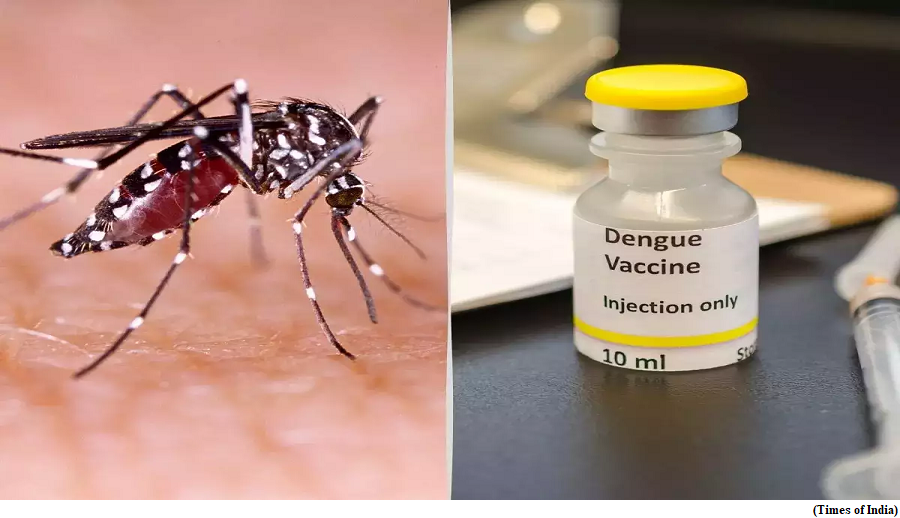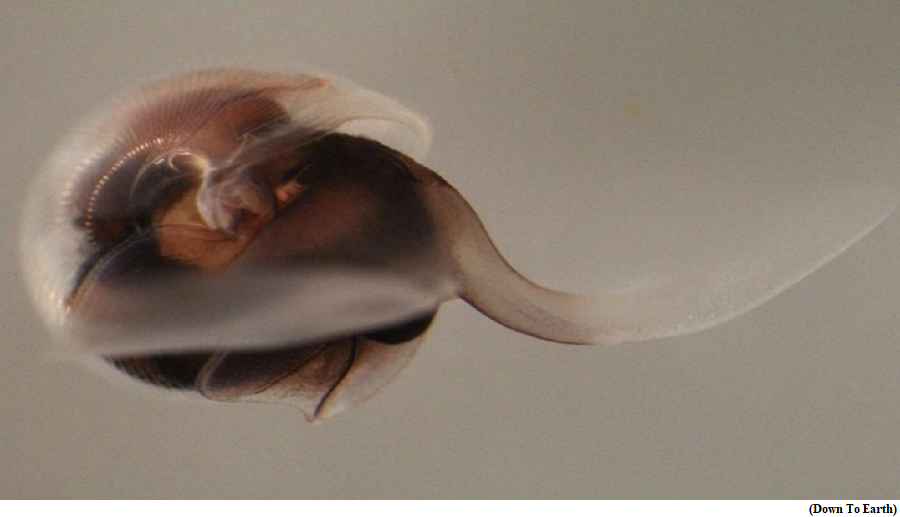Why spurious liquor kills (GS Paper 2, Health)

Why in news?
- Recently, as many as 22 people died after consuming spurious liquor in the Chengalpattu and Villupuram districts of Tamil Nadu.
- The incidents occurred barely a month after the State government said that it had brought such deaths under control.
What is the alcohol in liquor?
- Liquor is differentiated by its alcohol content; from the 5% or so of beer to the 12% or so of wine to the 40% or so of distilled spirits (all by volume).
- Contrary to popular belief, the World Health Organization has found that “no level of its]consumption is safe for our health”. Long-term use leads to dependence, heightens the risk of some cancers and heart disease, and may eventually cause death.
- Ethanol (C2H5OH) is one carbon atom bonded to three hydrogen atoms and one more carbon atom; the second carbon atom is also bonded to two hydrogen atoms and the hydroxyl group, also known as the ion OH–.
- Inside the body, it is metabolised in the liver and the stomach by alcohol dehydrogenase (ADH) enzymes to acetaldehyde. Then aldehyde dehydrogenase (ALDH) enzymes transform the acetaldehyde into acetate.
- The adverse effects of alcohol consumption, from the hangover to a cancer, are due to acetaldehyde.
What is spurious liquor?
- Spurious liquor is characterised by the liquid mixture containing methanol as well.
- In many cases, such liquor is typically a home-made liquor, such as arrack, to which methanol was added to strengthen the intoxicating effects (in colloquial parlance, its kick) and/or to increase its bulk volume. Arrack is distilled from the fermented sap of the palm tree.
- The Food Safety and Standards (Alcoholic Beverages) Regulations 2018 stipulate the maximum permissible quantity of methanol in different liquors.
- These values span a wide range, including “absent” in coconut fenny, 50 grams per 100 litres in country liquor, and 300 grams per 100 litres in pot-distilled spirits.
What is methanol?
- The methanol molecule (CH3OH) consists of one carbon atom bonded with three hydrogen atoms and one hydroxyl group.
- Schedule I of the Manufacture, Storage and Import of Hazardous Chemical Rules 1989 includes methanol. The Indian Standard IS 517 applies to how the quality of methanol is to be ascertained, and together with the Tamil Nadu Denatured Spirit, Methyl Alcohol, and Varnish (French Polish) Rules 1959, what signage, methanol packaging should carry.
- The most common way to produce methanol is to combine carbon monoxide and hydrogen in the presence of copper and zinc oxides as catalysts at 50-100 atm of pressure and 250°C. In the pre-industrial era, going back to ancient Egypt, people also made methanol (together with several other byproducts) by heating wood to a very high temperature.
- Methanol has several industrial applications, including as a precursor to acetic acid, formaldehyde, and aromatic hydrocarbons. It is also used as a solvent and as antifreeze. In Tamil Nadu, the manufacture, export, import, storage, and sale of methanol requires licences under the 1959 Rules.
How does spurious liquor kill?
- In every hooch tragedy in the history of India and of the world since 1945, the poison has been methanol. The human body contains infinitesimal quantities of methanol (4.5 ppm in the breath of healthy individuals, per a 2006 study) as a result of eating some fruits. But even for an adult, more than 0.1 ml of pure methanol per kilogram of body-weight can be devastating.
- Once ingested, methanol is metabolised in the liver by ADH enzymes to form formaldehyde (H-CHO). Then ALDH enzymes convert formaldehyde to formic acid (HCOOH).
- The accumulation of formic acid over time leads to a baneful condition called metabolic acidosis.
- Acidosis can lead to acidemia, a condition wherein the blood’s pH drops below its normal value of 7.35, becoming increasingly acidic. The blood’s pH is normally maintained by a balance between an acid, like carbon dioxide, and a base, like the bicarbonate ion (HCO3–).
- As methanol is metabolised, the concentration of the bicarbonate ion drops, leading to the acid gaining the upper hand.
- Formic acid also interferes with an enzyme called cytochrome oxidase, which in turn disrupts cells’ ability to use oxygen and leads to the build-up of lactic acid, contributing to acidosis.
- Methanol-poisoning can also cause cerebral edema, haemorrhage, and death.
How can such poisoning be treated?
- Once methanol is ingested, the body takes some time to completely eliminate it. One estimate suggests that as much as 33% is still left behind after 48 hours. It is completely absorbed via the gastrointestinal tract and the blood-methanol level can reach its maximum value within 90 minutes.
- There are two immediate ways to treat methanol poisoning. One is to administer ethanol. This may sound counter-intuitive but ethanol competes very well with methanol for the ADH enzymes. As a result, the methanol is kept from being metabolised to formaldehyde.
- The other option is to administer an antidote called fomepizole, which has a similar mechanism — it slows the action of the ADH enzymes, causing the body to produce formaldehyde at a rate that the body can quickly excrete, preventing the deadlier effects from kicking in.
- Both courses of action are limited by the availability of their characteristic compounds. Fomepizole is expensive whereas pharmaceutical-grade ethanol needs to be administered under supervision.
- Healthcare workers may also have the individual undertake a dialysis to remove methanol and formic acid salts from the blood, and mitigate damage to the kidneys and retina.
- They may also administer folinic acid, which encourages the formic acid to break up into carbon dioxide and water. Both fomepizole and folinic acid are in the WHO’s list of essential medicines.
India moves closer to getting its first indigenous vaccine against dengue
(GS Paper 2, Health)
Why in news?
- Moving a step closer to developing India’s first vaccine against dengue, drug-makers Serum Institute of India and Panacea Biotec have submitted their responses to the call by the Indian Council of Medical Research (ICMR) for an Expression of Interest for collaborative Phase 3 clinical trials for indigenous manufacturers.
- The Phase 3 trial is being done for evaluation of efficacy, along with safety and immunogenicity of tetravalent dengue vaccine candidate developed by Indian manufacturers.

Burden of dengue:
- The dengue viral disease causes significant morbidity and mortality across the globe and in India, 2 to 2.5 lakh cases are reported annually.
- The global incidence of dengue has grown dramatically with about half the world’s population now at risk. Though an estimated 100-400 million infections occur each year, over 80% are generally mild and asymptomatic.
- Hence, in 2019, the World Health Organization (WHO) identified dengue to be one among the top 10 global health threats.
- As of now, there is no specific treatment for dengue/severe dengue.
Potential vaccines:
- The Serum Institute of India’s vaccine initiated one/two studies in paediatric population and the plan for Panacea’s vaccine is to conduct Phase 3 randomised, double-blind, placebo-controlled trial in 10,335 healthy adults (aged 18-80) in 20 sites (ICMR-funded).
- The Phase 3 protocol has been approved by the Drugs Controller General of India (January 2023) and the company is trying to upscale vaccine production with the trials expected to start in August-September.
- The desirable characteristics of a dengue vaccine includes acceptable short- and long-term safety profile (no antibody-dependent enhancement), inducing protection against all four serotypes of dengue, reducing risk of severe diseases and deaths, inducing a sustained immune response and effectiveness irrespective of the earlier sero-status and age of the individual.
Way Forward:
- Trials could start close to August for the adult vaccine.
Sea butterflies are threatened by climate change
(GS Paper 3, Environment)
Why in news?
- The sea butterflies, a suborder of sea snails, are tiny creatures that play a big role in the marine ecosystem.
- But the smallest species in this group found in the Southern Ocean are extremely vulnerable to climate change and their population is shrinking in a warming world, according to a new study.

Characteristics:
- The shelled pteropods (group of free-swimming sea snails) live at or very close to the ocean surface.
- Like snails, they have muscular feet that they use as flappers to swim around in water, instead of glide on solid surface.
Threat:
- As the sea absorbs an increasing quantity of carbon dioxide (CO2) that turns the water more acidic, the thin outer casing, or the ‘homes’ of these small sea butterflies, dissolve. This leaves them exposed, making it difficult for these delicate species to survive.
- Their reduced population also impacts larger pteropods and other oceanic creatures that feed on them. The entire underwater food chain of the seas surrounding Antarctica may suffer as a ripple effect.
- But not all the shelled sea snails are impacted uniformly. This is because their life cycles are quite different.
Why L. retroversa is at higher risk?
- The scientists studied the shells of the two dominant pteropod species, Limacina rangii and Limacina retroversa.
- They found that the life cycles of the species are such that both juvenile and adult L. rangii were found during the winter months, while only adults of L. retroversa were observed in the cold season.
- The ocean is the most acidic in winter because cooler water absorbs more CO2. This means, the winter months are the most dangerous for the shelled sea butterflies.
- But L. retroversa is at higher risk. The fact that L. rangii adults and juveniles coexist over winter may give them a survival advantage. If one cohort is vulnerable, the overall population stability is not at risk. With L. retroversa, however, if one cohort is removed, the whole population may be vulnerable.
- But neither species is entirely safe from the phenomenon if exposed for a longer time.
- As emissions rise, acidification of oceans intensify and extends to spring when the species spawn and they’re in the larval stage. This can diminish the population that would otherwise develop into healthy adults.
Way Forward:
- They will now study the habitats in Scotia Sea to understand how sea butterflies are affected there. The findings can also inform studies on the impacts of ocean acidification on the marine ecosystem in general.




